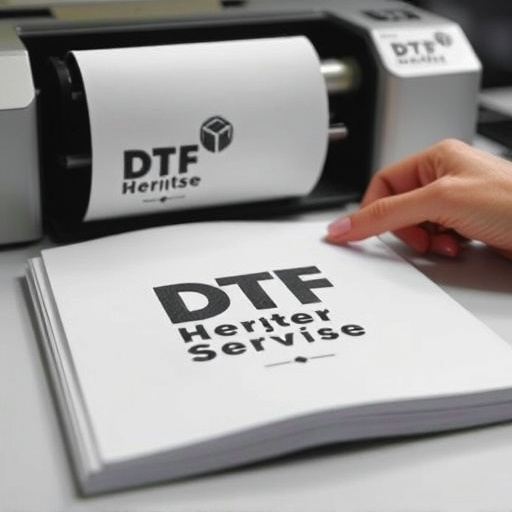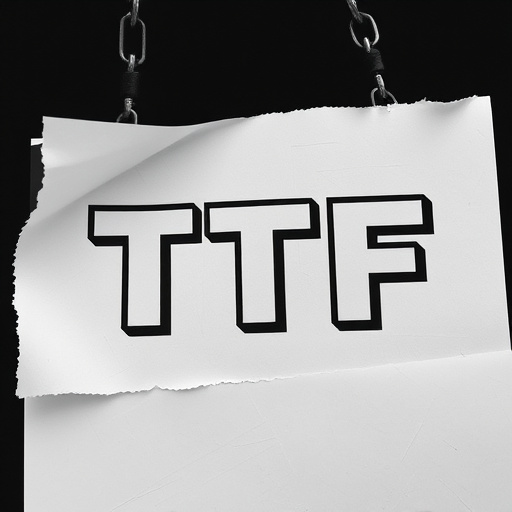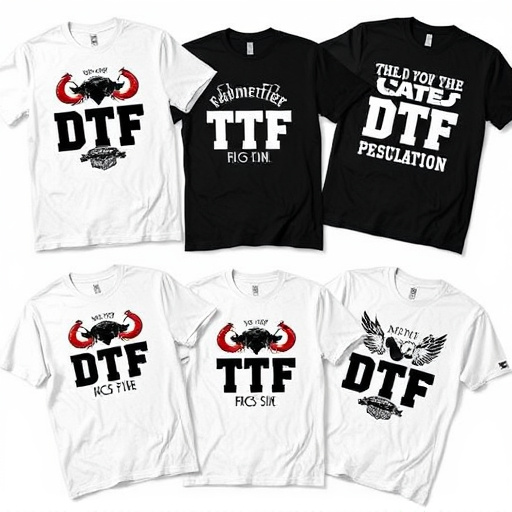DTF Cold Peel Film revolutionizes textile printing by addressing ghosting and ink bleeding issues common with DTG methods. This specialized film acts as a barrier between ink and fabric, enhancing print quality on custom sheets for heat pressing designs. Ideal for cotton, polyester, and blends, it ensures crisp logos and easy removal without compromising aesthetics or efficiency. Effective use requires accurate equipment calibration, high-quality film, clean substrate preparation, and proper peeling techniques to maximize results.
In the realm of printing, achieving crisp, vibrant results without ghosting or ink bleeding is a perpetual challenge. These common issues mar perfection, impacting both aesthetic appeal and overall print quality. Enter DTF Cold Peel Film—a revolutionary solution that promises to transform the printing landscape. This innovative film addresses ghosting and ink bleeding head-on, offering printers a game-changer for producing exceptional prints without compromise. By understanding these issues and embracing DTF Cold Peel Film’s capabilities, folks can elevate their print quality to new heights.
- Understanding Ghosting and Ink Bleeding: The Common Issues in Printing
- Introducing DTF Cold Peel Film: A Revolutionary Solution for Enhanced Print Quality
- How to Implement and Optimize DTF Cold Peel Film for Superior Results
Understanding Ghosting and Ink Bleeding: The Common Issues in Printing

Ghosting and ink bleeding are prevalent challenges in the printing industry, especially when it comes to textile printing. Ghosting refers to the faint, ghost-like image that appears on the reverse side of a printed material, while ink bleeding results in colors mixing or bleeding into one another, creating uneven or distorted prints. These issues are particularly common with direct-to-garment (DTF) printing for t-shirts and other apparel items. Custom sheets designed for heat pressing designs onto garments can also suffer from these problems, leading to less-than-ideal results.
The DTF cold peel film plays a crucial role in mitigating these issues. By employing this specialized film during the printing process, especially with DTG for apparel, printers can achieve sharper, more vibrant prints. The film acts as a barrier, preventing ink from bleeding through and causing ghosting. This simple yet effective solution enhances the overall quality of custom sheets for heat pressing designs, ensuring that garments emerge from the press with crisp, clear images and precise color separation.
Introducing DTF Cold Peel Film: A Revolutionary Solution for Enhanced Print Quality
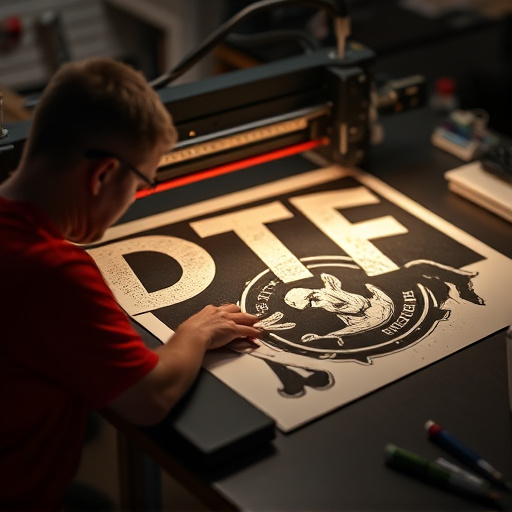
The world of print and design has witnessed a significant evolution with the introduction of DTF Cold Peel Film, a revolutionary solution that promises to transform the way we approach enhanced print quality. This innovative film is specifically tailored for the demands of modern printing techniques, particularly in the realm of direct-to-garment (DTF) printing for clothing brands. By offering an advanced barrier between ink and fabric, it effectively prevents issues like ghosting and ink bleeding, ensuring that logos DTF for t-shirts and hoodies remain crisp and vibrant.
DTF Cold Peel Film is designed to cater to the unique challenges faced by printers when working with various fabrics and ink types. Its ability to maintain color integrity and prevent smudging makes it an indispensable tool for achieving high-quality prints on a variety of materials, including cotton, polyester, and blends—perfect for DTF printing for hoodies as well. This film’s cold peel technology ensures a hassle-free removal process, streamlining the production line and enabling efficient turnaround times without compromising on the final product’s aesthetics.
How to Implement and Optimize DTF Cold Peel Film for Superior Results
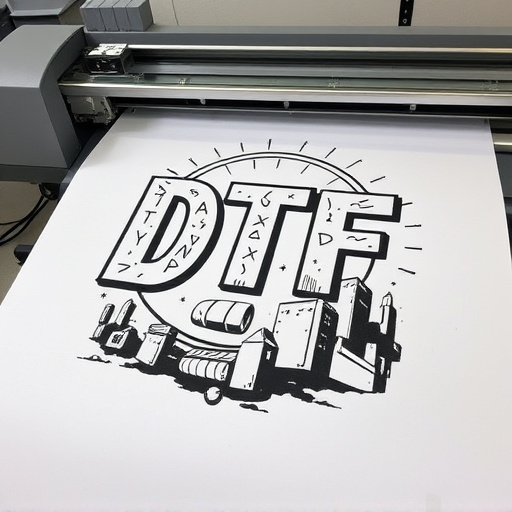
To achieve superior results with DTF Cold Peel Film, proper implementation and optimization are key. Firstly, ensure your cutting and peeling equipment is calibrated accurately to maintain precise film application. Use a high-quality DTF film suitable for light fabrics or hoodies—this ensures even ink transfer while minimizing bleed through.
Next, prepare the substrate by cleaning it thoroughly to eliminate any grease or debris that could impede adhesion. When applying the film, use a steady hand and consider a layer of backing paper for accurate cutting. Allow adequate drying time before peeling; this step is crucial to prevent ink smudging. Optimize peeling by gently lifting the edges first, then carefully peel back the film in one smooth motion.
The DTF Cold Peel Film is a game-changer in the printing industry, offering a simple yet effective solution to common problems like ghosting and ink bleeding. By implementing this revolutionary film, printers can achieve superior print quality, ensuring each design is vibrant and crisp. With the right techniques and optimizations discussed in this article, embracing DTF Cold Peel Film is a step towards enhancing productivity and client satisfaction.
